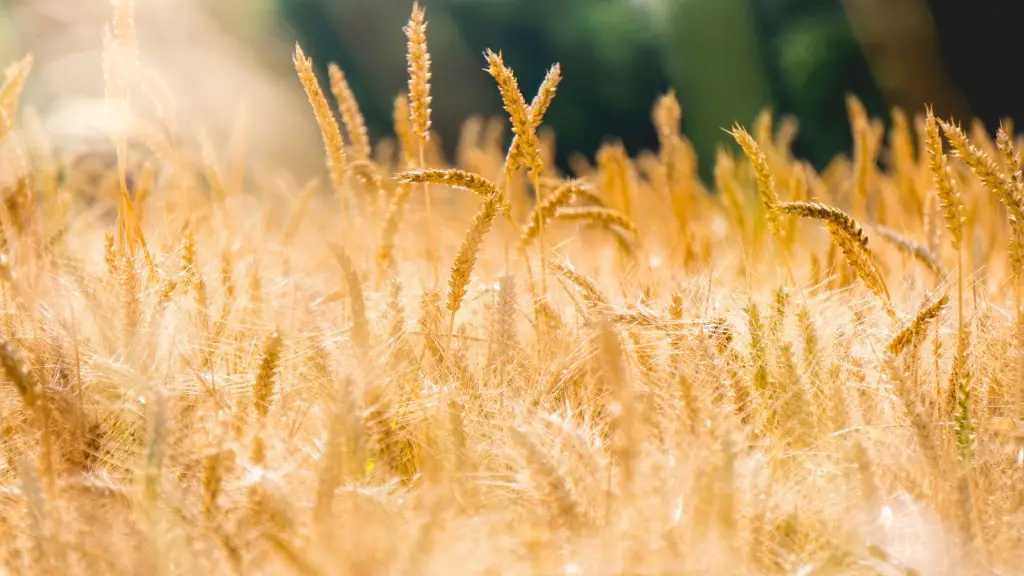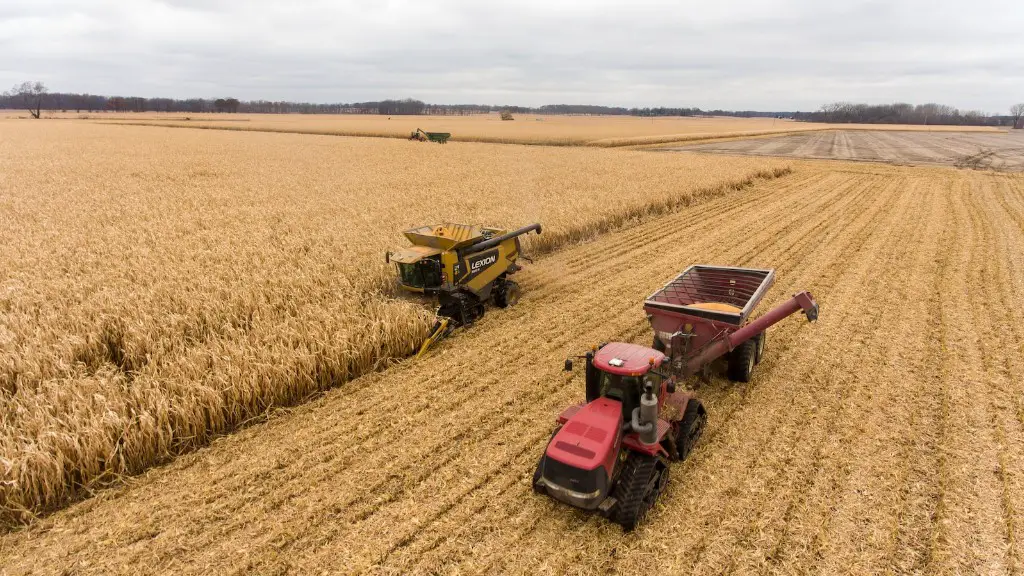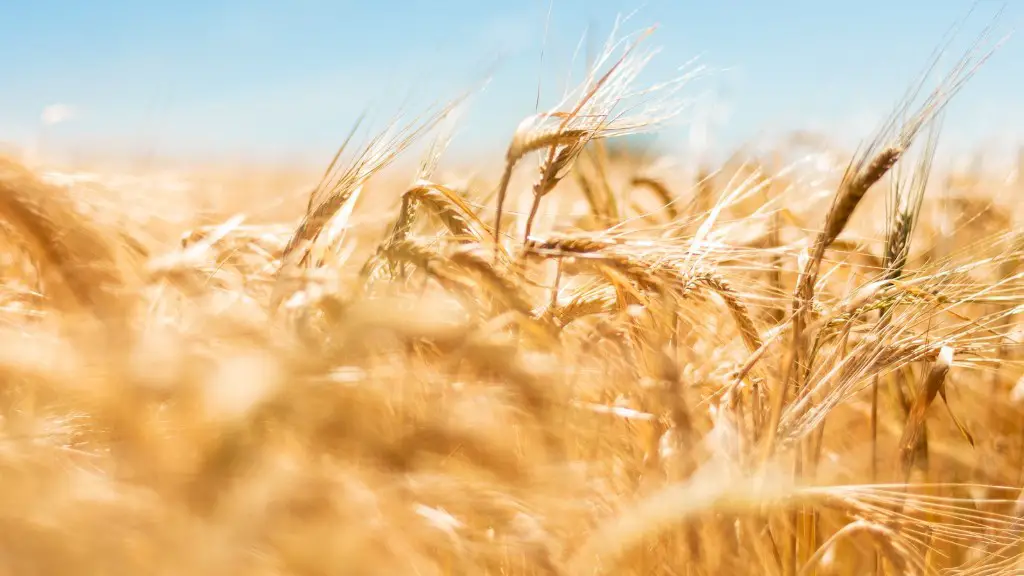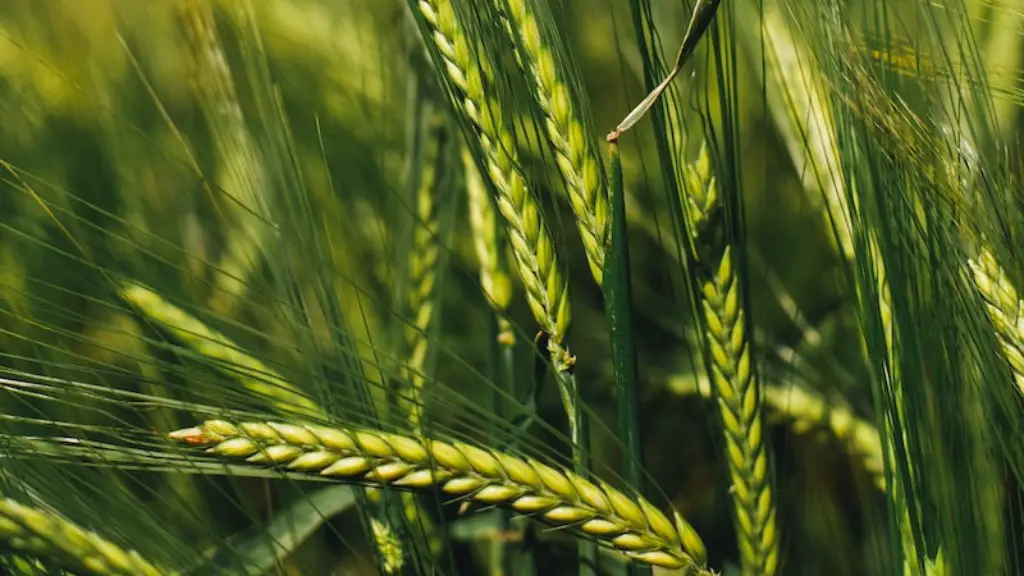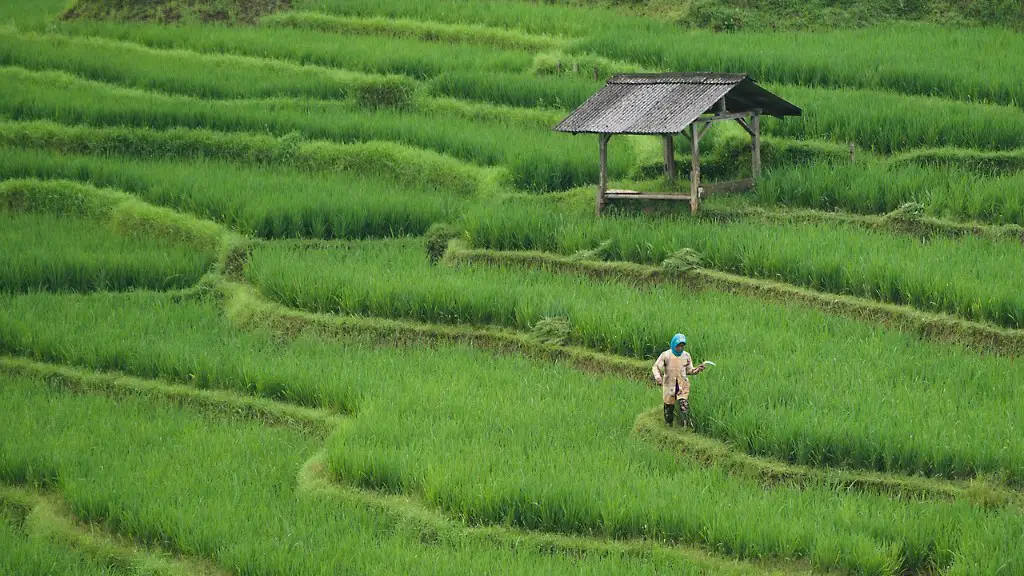Sumerian agriculture flourished for a number of reasons. The Sumerians had a deep understanding of irrigation and water management, which allowed them to make the most of the land’s resources. They also had a keen understanding of crop rotation, which ensured that the soil stayed healthy and productive. In addition, the Sumerians had access to a number of helpful technologies, including the plow and the sickle, which made farming easier and more efficient. Finally, the Sumerian government provided a stable and supportive environment for agriculture, with laws and policies that encouraged growth and development.
Some factors that helped Sumerian agriculture to flourish were the use of irrigation systems, the local climate, and the fertility of the soil. The development of efficient irrigation systems allowed for the better use of water resources, and the local climate was suitable for growing a variety of crops. The fertility of the soil also helped to support a large population and allowed for the growth of crops such as wheat and barley. Sumerian agriculture was able to thrive due to these favorable conditions.
What was the key to successful farming in Sumer?
To succeed in growing food, Sumerian farmers needed a way to control the water supply so they would have a reliable water supply all year round. They built earth walls, called levees, along the sides of the river to prevent flooding.
The Tigris and Euphrates rivers are responsible for bringing rich soil and small rocks to the land every year, which has made it ideal for farming. The first farm settlements were established in Mesopotamia as early as 7000 BC. The fertile land and ample resources in the area have allowed for a long and prosperous history of agriculture in the region.
What helped Sumerians produce more food
The Sumerians were one of the first civilizations to invent and use irrigation systems and plows to help them create a stable food supply. Their irrigation systems allowed them to water their crops on a regular basis, and their plows helped them to till the soil and prepare it for planting. These two inventions helped the Sumerians to create a more reliable food supply, and allowed them to grow and harvest their crops more efficiently.
The Sumerians were the first ones to establish irrigation on a large scale. They made canals, dikes, and ditches to ensure that their crops have enough water. When the flood season of the rivers is over, the farmers drain excess water through canals. Afterwards, they plow the fields and rake it repeatedly.
What helped Sumerian agriculture thrive?
The Tigris and Euphrates rivers regularly flood the region, and the Nile River also runs through part of it. Irrigation and agriculture have developed here because of the fertile soil found near these rivers. Access to water has helped with farming and trade routes.
The wheel, plow, and writing (a system that we call cuneiform) are examples of their achievements. The farmers in Sumer created levees to hold back the floods from their fields and cut canals to channel river water to the fields. The use of levees and canals is called irrigation, another Sumerian invention.
What helped agriculture flourish in Mesopotamia *?
The Mesopotamians developed irrigation systems to control the water during the yearly floods. These irrigation systems made them more successful at farming. The floods were important to this civilization because they allowed the development of the irrigation systems.
The regular flooding along the Tigris and the Euphrates made the land around them especially fertile and ideal for growing crops for food. That made it a prime spot for the Neolithic Revolution, also called the Agricultural Revolution, that began to take place almost 12,000 years ago. The Neolithic Revolution was a time when people began to domesticate plants and animals and to live in permanent settlements. This revolution led to the development of civilizations.
Which three factors made farming successful in Mesopotamia quizlet
Mesopotamia is often called the “Cradle of Civilization” because it is one of the birthplaces of human civilization. One of the reasons that Mesopotamia was such a good farming region is because it had access to animals and crops. The people of Mesopotamia also started to make better homes, and they had more people. They also had nutritious crops, and they tamed fire for complex reasons. The land was very fertile, because of the Tigris and Euphrates Rivers.
The ancient Sumerians settled between two large rivers and benefited from the rich floodplain soil and ample water to irrigate their crops. Their success was accelerated by Sumerian technological innovations like canals and plows. These innovations allowed them to efficiently utilize the resources available to them and helped them to become one of the most prosperous civilizations of their time.
What major invention of the Sumerians had a large impact on the farming of the first civilization *?
The Sumerians were one of the first civilizations to harness the power of hydraulics for irrigation and flood control. Their system of ditches and canals helped to water crops and prevent flooding, making agriculture possible in the arid Mesopotamian climate.
The Sumerians were an agricultural people, and the main crops they cultivated were barley and wheat. In addition to these staples, they also grew peas, beans and lentils in their gardens, as well as a variety of vegetables like cucumbers, leeks, lettuces and garlic. They also cultivated fruit such as grapes, apples, melons and figs.
On what did Sumerian farmers depend in order to grow crops
Sumerian farmers depended on a system of canals to bring river water into their fields. The canals were used to irrigate the fields and to provide water for the crops.
Sumerian innovations in agriculture, particularly the development of irrigation systems, helped to bring about new ways of life in the region. Large-scale agriculture made possible by irrigation allowed for the growth of city-states and the development of a division of labor. This in turn led to the need for government to manage and protect these resources.
What important farming tool did the Sumerians invent to help them plant crops?
The seeder plough was one of many farming tools invented by the ancient Sumerians. This tool was pulled by oxen and created a channel in the ground along which seeds could be dropped. This invention allowed the Sumerians to cultivate crops more efficiently, making them a leading force in the development of agriculture.
The Sumerians were one of the first cultures to develop a large scale irrigation program. They built massive embankments along the Euphrates River, and dug irrigation ditches and canals. This took a great amount of organized labor to build, and even more labor to keep it maintained.
Warp Up
-The Sumerian climate was extremely hot and dry, which made irrigation a necessity for farming.
-The soil along the Tigris and Euphrates rivers was extremely fertile, which helped the crops to grow.
-The Sumerians had a written language, which allowed them to keep records of their farming methods and to share information with others.
-The Sumerians developed sophisticated irrigation systems, which allowed them to control the water supply to their crops.
The main factors that helped Sumerian agriculture to flourish were the Tigris and Euphrates Rivers, the fertile crescent of land, and the hot, dry climate. The Tigris and Euphrates Rivers provided irrigation for the crops, and the fertile crescent of land was ideal for growing crops. The hot, dry climate was ideal for growing crops, and it also helped to keep pests and diseases under control.
